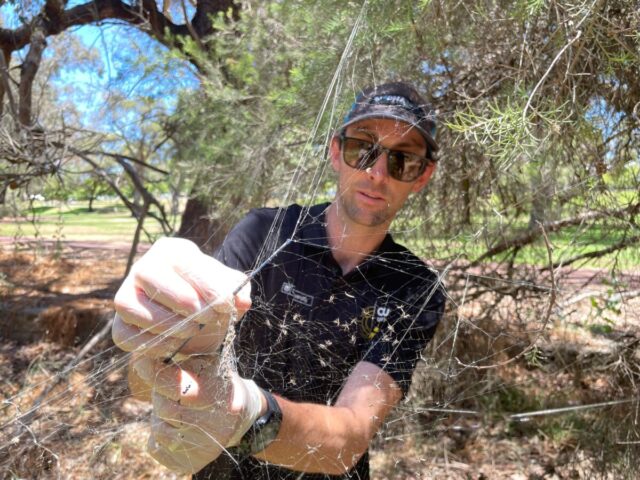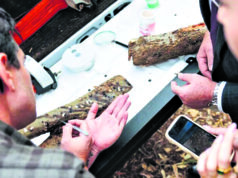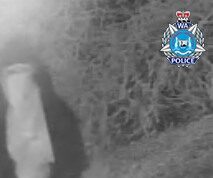Spiders might be silent heroes in helping us understand and keep track of animals, with new Curtin research revealing their webs act like natural traps for tiny bits of environmental DNA (eDNA) from vertebrates, which could change how we learn about wildlife.
The groundbreaking study analysed 49 webs from a wildlife sanctuary in Perth’s hills and at Perth Zoo and identified the genetic signatures of 93 different animals, from birds and native mammals to meerkats and elephants.
Lead author PhD candidate Joshua Newton, from Curtin’s School of Molecular and Life Sciences, said spider webs might be a clever way to keep an eye on what animals are around us.
“Spider webs are not just beautiful, they could be our secret weapon to better understanding nature,” he said.
“Our study shows that these webs can help us keep tabs on different animals without disturbing them.
“These webs, often overlooked in biodiversity studies, proved to be reservoirs of genetic information.
“Environmental DNA is composed of miniscule fragments of DNA left behind by organisms in the form of shed skin cells, hair or bodily fluids and the spider webs act as passive biofilters.
“With only trace amounts of DNA needed to identify animals, this cheap and non-invasive method could be a game-changer in how we explore and protect our terrestrial biodiversity.”














